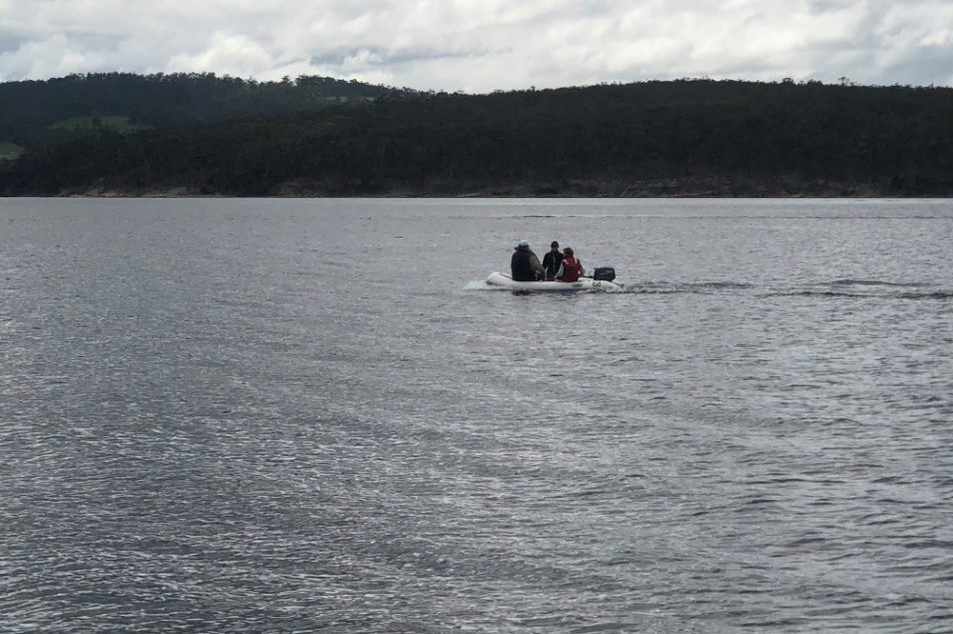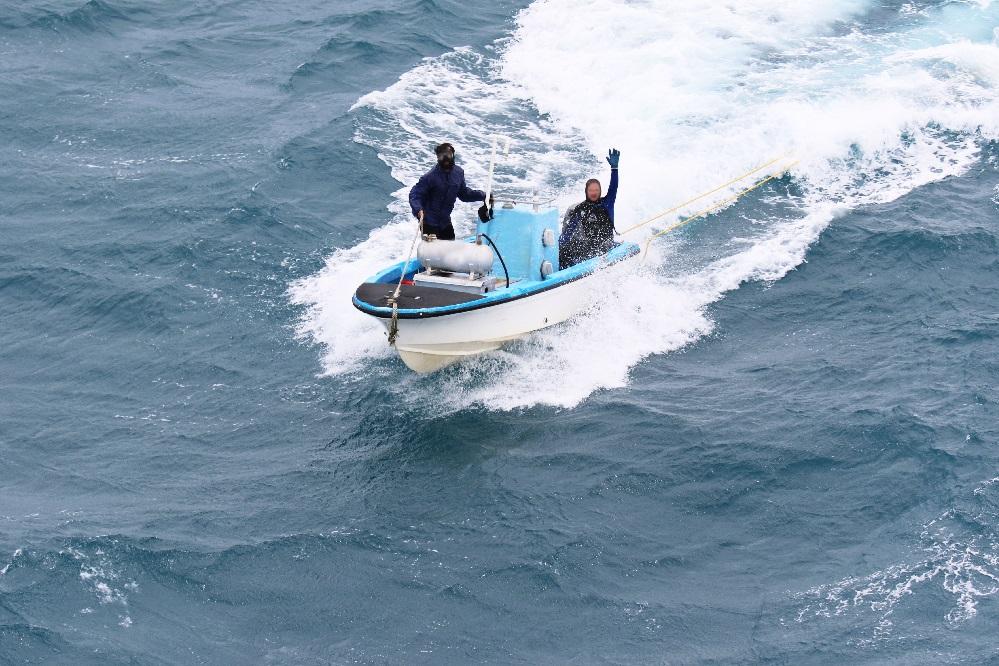Overloading - don’t rock the boat!
- Excessive loading of your vessel is dangerous and can cause it to capsize.
- Know the maximum load capacity for your tender.
- Your safe load capacity reduces as wind and wave conditions increase.

Overloading a tender has a detrimental effect on the vessel’s stability, affects the vessel’s normal handling characteristics and makes the tender more susceptible to swamping and capsize.
When you load too much in your tender, the vessel sinks lower in the water and the extra weight affects the buoyancy reserves. It is more likely water will come in over the sides or into the hull and once there is water ingress, the tender is likely to become unstable and can more easily swamp or capsize. The free surface effect of water moving from one side of the vessel to another makes this even worse.
A bailer or bilge pump are important safety equipment to minimise the amount of water in your bilge. Check this often, especially as large amounts of water can enter the vessel during normal diving and fishing operations.
Know the maximum load capacity for your tender
You need to know the maximum load capacity of your tender and have the evidence to show how this has been calculated.
When considering how much weight a vessel can support, it is important to consider the number of people on board, the engine including an auxiliary, portable tanks (fuel and other), equipment, supplies and any catch that may be brought on board.
Any alterations to your tender can change the stability and maximum load capacity, such as changing inbuilt tanks or re-powering. Make sure you get any changes assessed by a competent person to ensure your tender remains safe to operate and continues to meet the required standards.
It is also important to consider the conditions your vessel’s load capacity has been calculated for. A sheltered waters load capacity, such as typically displayed on the Australian Builders Plate, is calculated assuming the vessel will be used only within smooth waters. Venturing out further into larger waves and wind will result in a reduced load capacity for the vessel. Bad weather and increase in wave height can make your vessel more susceptible to swamping.
Your maximum load should be reduced when operating in offshore conditions – include this in the risk assessment of your safety management system. Remember wind and wave forecasts are averages and maximum waves can be up to twice the forecast height.

Safety Management System (SMS) and risk assessment
Your SMS should address the risk of swamping and capsizing and include measures to prevent it happening.
For example:
- not exceeding safe loading capacity
- ensuring operations are conducted in safe weather and sea conditions
- availability of bilge pump or bailer arrangements.
Your risk assessment should also identify measures that will assist in minimising the consequences if your tender does swamp or capsize, such as:
- everyone should be wearing a lifejacket
- an emergency plan including means to raise the alarm such as marine radio, flares, EPIRB or PLB
- ensuring your tender has level flotation.
Under the National Law General Safety Duties, you must not operate an unsafe vessel. An unsafe vessel includes a vessel that is likely to endanger a person on board due to overloading with people or cargo.